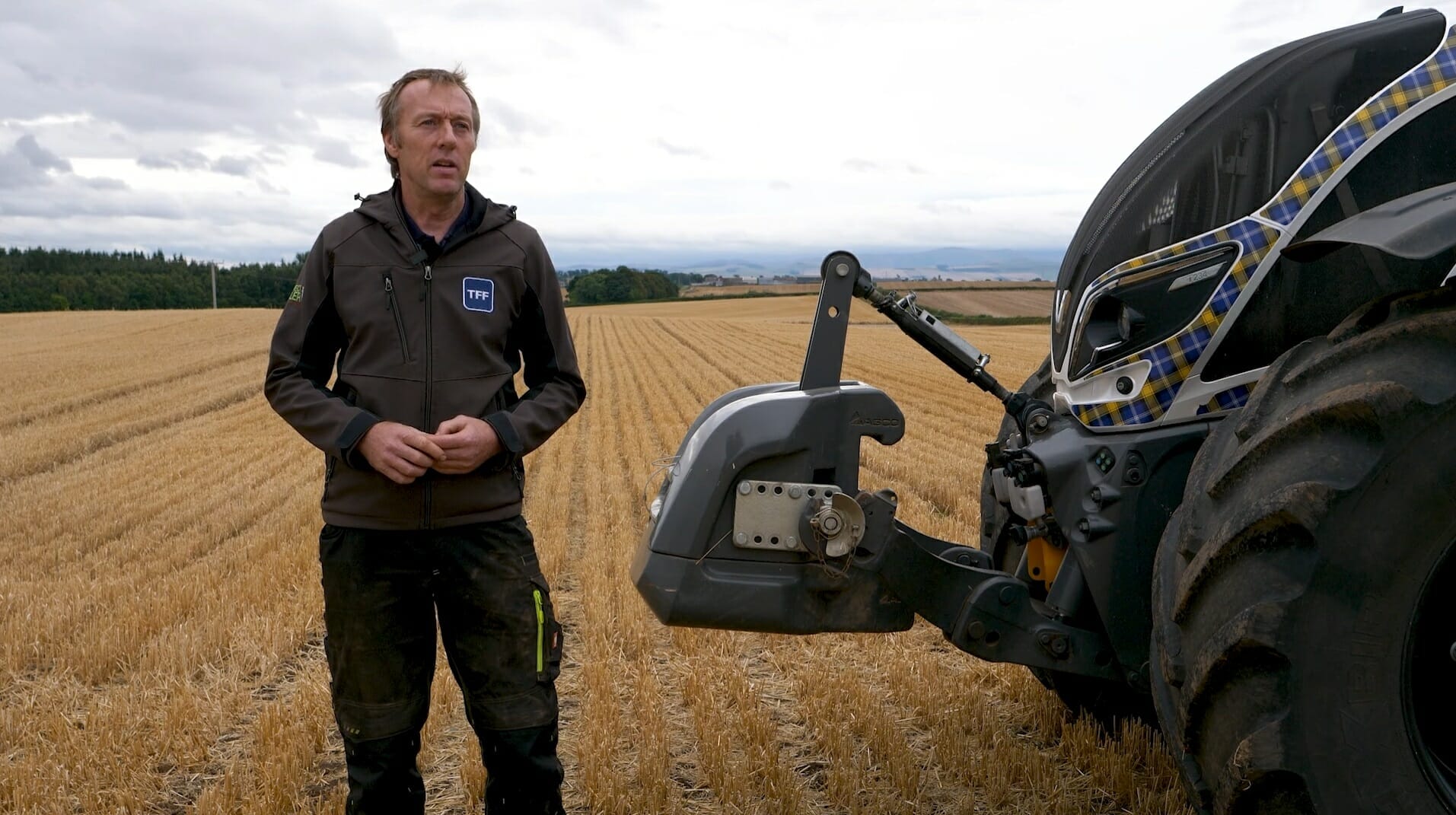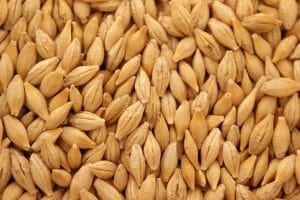
A move to direct drilling LG Diablo spring barley has proven successful for Berwickshire grower Neil White, as yields and quality impressed in a challenging season.
Mr White has been direct drilling crops for the past seven years at the 260 ha (650-acre) Greenknowe Farm near Duns, but until this season, had not established spring barley this way.

“Barley has been the last crop I’ve gone over to direct drilling with, but we successfully tried it on two-thirds of our area last spring, sowing directly into overwintered stubble. We will direct drill all of our barley again this spring, either into overwintered stubble or after a cover crop.
“It’s really pleasing for me to see that LG Diablo works in that direct drilled scenario, and still produces a good yield and grain quality. I’m very happy with it.”
The farm’s target spring barley yield is usually around 7.4-8.6 t/ha (3-3.5 t/acre), and this year’s 35 ha of LG Diablo was at the top end of that range, despite some very dry conditions during the growing season.
Quality was good too, with nitrogen coming in at 1.52%, and specific weight at 67.4 kg/hl, allowing everything to meet the malting specification required by grain buyer, Simpsons Malt.
“It produced a nice bold grain, despite the very dry spell. Everything hit the spec for malting, which is spot-on.”
Mr White acknowledges there were a few light grains this season, which he attributes to the lack of rain, preventing some grain from maturing and filling fully. “We certainly haven’t seen any issues with screenings before, so I’m sure it’s due to the year, not the variety.”
Maximising establishment
Mr White recognises that his Mzuri drill does move more soil than other direct drills, but believes this benefits barley establishment in the spring, as it helps aerate the soil, warm it up and mineralise some nitrogen.
Switching from a combination drill to the Mzuri has also allowed him to sow spring barley at variable seed rates to account for establishment differences on varied soil types, and put fertiliser ‘down the spout’ with seed, to get crops off to a good start.
Seed rates last season typically ranged from 380-440 seeds/m2 on the variable soils, with crops sown on 33cm rows. That is a much wider spacing than spring barley is conventionally sown at, but he believes LG Diablo’s vigour enables it to fill the gaps between rows nicely.
“Also, it doesn’t brackle, which is something that is always a threat if weather turns catchy at harvest, especially on wider rows.”
Wider benefits of direct drilling
Soil carries machinery better when it is not ploughed.
Moving less soil reduces total fuel consumption which saves money and improves the carbon credentials of direct-drilled malting barley.
In demand from distillers
LG Diablo’s consistency is valued by end users too, says Mike Dagg, senior grain trader at Simpsons Malt, who expects it to remain one of the top two varieties grown in Scotland for distilling over coming years.
“We’ve had the variety for five or six years now, and we know it goes through the malting process very well. If it performs well going through the malting process, then there’s every chance the malt product will also do well going through distilling too.”

Indeed, over the past few years, LG Diablo has shown consistently good performance in distilleries, both in terms of spirit yields and processability, which ultimately leads to good efficiency and maintains demand for the variety, he says.
“LG Diablo is now pretty universally accepted by the majority of the Scottish distilling industry, and I don’t really see that changing anytime soon.
“Because LG Diablo is so consistent, and benefits from dual use approval for brewing and distilling, it’s got the ability to compete with, and hold its ground against, any new varieties coming along.
“I don’t see anything coming through breeding programmes currently that suggests LG Diablo and Laureate will lose their dominance in the Scottish distilling market.”































